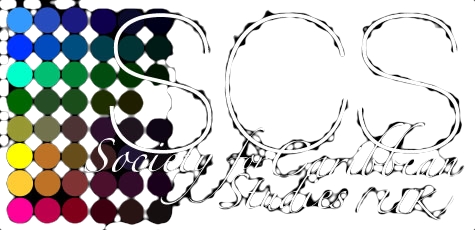
Gillman, Susan
Distinguished Professor of Literature @ University of California, Santa Cruz
Bio
Susan Gillman is Distinguished Professor of Literature at the University of California, Santa Cruz. She has worked collaboratively on several essay collections, most recently with co-editor Christopher Castiglia, Neither the Time nor the Place: Today’s Nineteenth Century (University of Pennsylvania Press, April 2022). Her new book, American Mediterraneans: A Study in Geography, History, and Race (University of Chicago Press, May 2022) traces the strange career of the “American Mediterranean,” a scholarly metaphor and folk geographical concept used from 1799 to the present in multiple disciplines, genres and languages, as a point of departure for a transnational and translational study of the Americas.
Geographical location :
Research Area and Interest :
Social Media
Panel(s)
- Summary:
Presentation(s)
- Summary: The Contents of the November 1926 Opportunity Caribbean issue lists a piece by “A. A. Schomburg, West Indian Composers and Musicians,” that maps the circuitous route of his discovery of the West Indies in NYC and black Spain in Cuba. Schomburg’s essay reflects information he had gathered during a visit in 1926 to Seville, home to a longstanding black community. From there he migrated, or followed the data, back to the Spanish Caribbean, where he identified a network of black musical figures in Cuba and Puerto Rico, known and celebrated in Europe. With this evidence of black musical achievement at home and abroad, it would not be going too far to credit the 1926 Caribbean Opportunity as a diasporic venue, crossing space, time, and language, for Schomburg’s Puerto Rican-ness to travel and thus emerge. From Spain to Cuba and thence to Caribbean New York, through multi-directional Atlantic crossings undergirded by the African slave trade, Schomburg took the 1926 Opportunity as his own print-culture medium for transnational work on race. And thus, from our perspective on this panel, he reveals a number of insights about how a special issue of a quarterly magazine can inform our historical understanding of the everyday life of the Harlem Renaissance.
